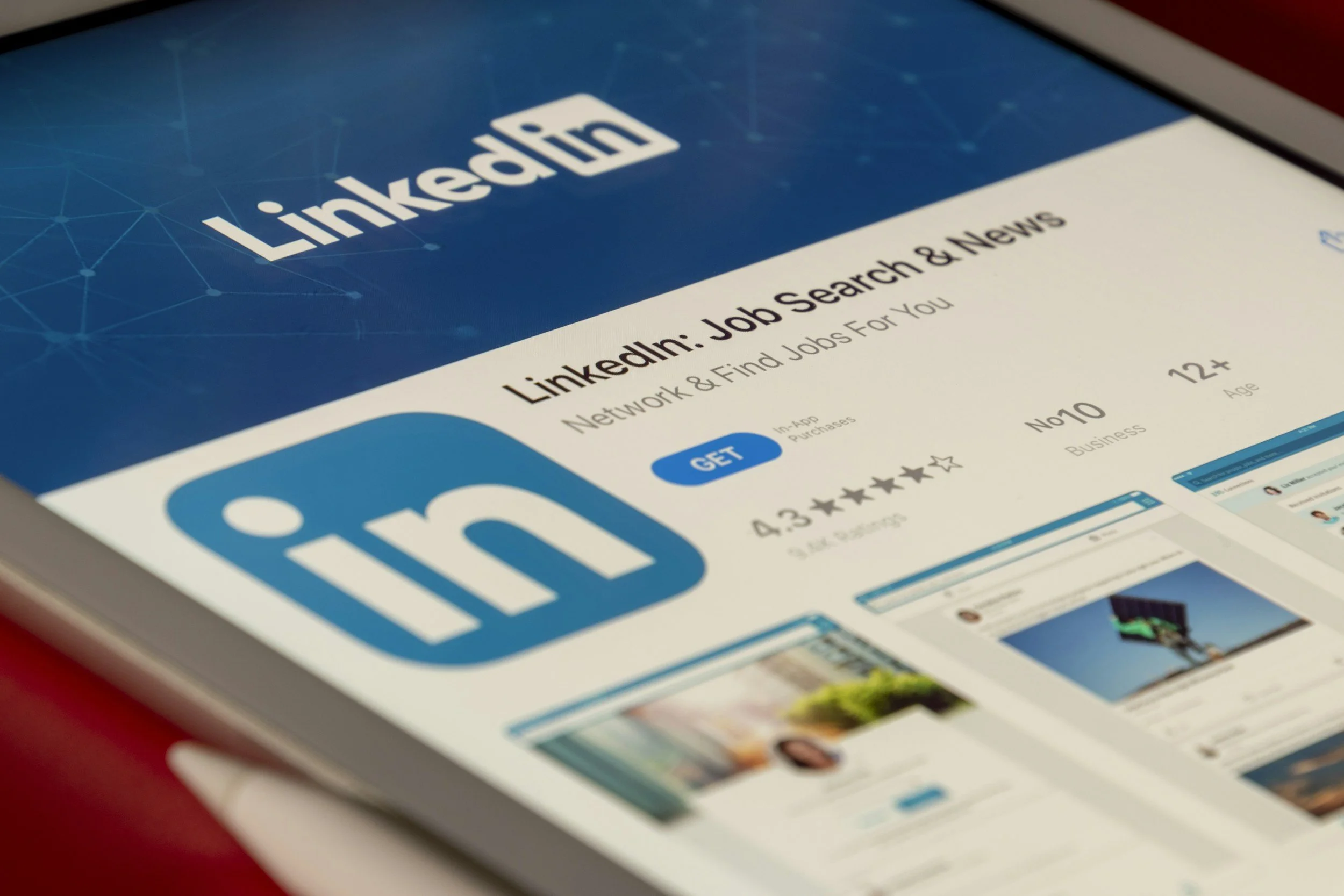AI - The Iron Man Model: Pillar 1
There’s no shortage of hype about AI right now.
Depending on who you listen to, it’s either going to destroy your business or make you a millionaire by next Tuesday.
You’ve probably seen the headlines.
“Most video producers will be out of work in 18 months.”
“AI is the biggest threat to the creative industry.”
Or the reverse:
“Here’s how AI made me seven figures in seven weeks.”
It’s extreme. And exhausting.
But if you run a video production business, here’s the good news: you don’t have to buy into the fear or the fantasy. There’s another path. A more grounded, thoughtful, and practical way to use AI that fits where you’re at right now.
It’s not about hype. It’s about leverage.
That’s the core idea behind what I call The Iron Man Model.
Let me explain.
The Old Way Is Cracking
For years, the default business advice has been: build a big team, scale aggressively, grow fast, and keep adding more. More gear. More overhead. More projects. More complexity.
But that model is starting to break down.
Clients are bringing video in-house.
Budgets are shrinking.
Content is becoming a commodity.
And there’s more competition than ever.
At the same time, expectations are rising. Clients want quality, speed, flexibility, and results.
Trying to keep up by just “working harder” doesn’t cut it anymore. And building a bigger team often leads to more stress, lower margins, and a business that starts to feel like a runaway train.
So what’s the alternative?
It’s not about scaling up. It’s about suiting up.
Like Iron Man.
You Don’t Need to Be Chosen. You Just Need the Suit.
Most superheroes were born with powers. Iron Man wasn’t. He built his.
He took what he had: intelligence, creativity, and pressure. And used it to create something that made him powerful.
That’s the shift.
In this new world of video production, your power doesn’t come from having a giant crew or a massive office. It comes from using the right tools and systems to amplify your strengths and protect your time.
And that’s where AI comes in. Not as a gimmick. Not as a magic bullet. But as your suit.
Pillar 1 of the Iron Man Model: AI
Before we talk about tools or techniques, let’s reset how we think about AI.
Most of what you hear online is designed to sell something. Fear is good for clicks. Hype is good for programs. That’s why people are constantly making bold predictions about the future.
But the truth is, no one knows what’s coming.
Some of the same experts who promised we’d be commuting in driverless cars by now are still revising their estimates.
What we do know is that technology evolves. It always has. And in the video industry, we’ve adapted before.
We moved from tape to digital. From Final Cut to Premiere. From shoulder rigs to handheld gimbals. From live events to remote streaming. We’re not static. We’re evolving all the time.
So the idea that we’re going to be left behind? That doesn’t hold up.
We don’t need to be scared of AI. We just need to start working with it. On our terms.
AI Is Not a Threat. It’s a Partner.
So what does working with AI actually look like?
It’s not about asking it to spit out a script or a blog post and calling it a day. The real opportunity is in building a relationship with it. Training it. Teaching it. Turning it into something that works alongside you. Like a second brain.
That’s exactly what I’ve been doing.
A few months ago, I started teaching ChatGPT about me.
Not just surface-level info, but real context.
What I believe.
How I think.
What kind of content I create.
How I talk.
What makes my approach to video and coaching different.
Now, when I work with it, it doesn’t just generate generic answers. It helps me think. It reflects my ideas back to me. It challenges my assumptions. It makes me better.
And it can do the same for you.
AI Can Teach You How to Think
Here’s the part that surprised me.
As I started training AI, it started training me.
I became more aware of the gaps in my communication.
The vague phrases I used without realising it.
The places where I was assuming too much.
And through the process of prompting, clarifying, and refining, I started communicating more clearly. Not just with AI, but with clients and collaborators too.
AI forced me to slow down, get specific, and express myself with more clarity.
That’s something no software ever taught me before.
Unique Thinking Is the New Currency
We’re not living in the Information Age anymore.
Information is cheap. It’s everywhere. It’s mass-produced and instantly available. Which means its value has dropped.
The real value now lies in insight.
And insight comes from:
Experience
Perspective
Judgment
Emotion
Storytelling
Humanity
AI can’t replicate that. But it can help you express it more efficiently. It can help you scale the content that only you can create.
That’s what makes it powerful. And that’s what makes you irreplaceable.
Practical Ways to Use AI in Your Video Business
Let’s get into the real-world applications.
Here are a few ways to start integrating AI into your workflow. Without needing a coding degree or a whole new tech stack.
1. Content Creation
Use AI to help you brainstorm content topics, social media ideas, subject lines, or outlines for case studies and articles. Then add your unique thinking.
2. Script Drafting
Let AI generate a rough structure for your video scripts. It won’t be perfect, but it gives you a springboard to build something original.
3. Client Communication
Speed up proposals, quotes, and follow-up emails. You still add the human touch, but AI can save you hours on the first draft.
4. Editing Tools
Apps like Autopod, Descript, Pictory, and Runway use AI to automate tedious tasks like subtitles, clip cutting, and highlight creation.
5. Repurposing Content
Turn long-form content into bite-sized videos for social media. Tools now exist that can help you identify hooks, add titles, and even suggest hashtags.
6. Strategy and Planning
Ask AI to help you identify gaps in your positioning. Test out different messaging. Treat it like a junior strategist who never gets tired.
The more you teach it, the more useful it becomes.
Your Voice Still Matters
There’s one caveat.
Don’t outsource your voice.
The temptation is real. AI makes it so easy to generate content that it’s easy to let go of what makes you, you.
But here’s the thing. People aren’t hiring you because you can type fast. They’re hiring you because of your taste, your perspective, and the trust you build.
Let AI speed you up.
Let it sharpen your thinking.
But don’t let it replace your judgment.
Use it as a co-pilot. Not a clone.
What Ueli Steck Can Teach Us About Business
If you’ve listened to the podcast, you’ve heard me talk about Ueli Steck, the world-famous mountaineer who climbed the North Face of the Eiger in record time.
He didn’t use a big team.
He didn’t bring a ton of gear.
He moved fast, light, and solo.
That’s the metaphor.
In a world where most businesses are built like heavy expeditions: slow, expensive, overloaded. There’s another way.
You can travel light.
You can move faster.
You can do more with less.
AI is your ice axe, your rope, your crampons. It’s not the goal. It’s the gear.
You still need the courage to climb.
Final Thoughts
You don’t need to wait for the future. AI is already here. And it’s not here to destroy your business.
It’s here to help you build something stronger.
If you approach it with curiosity, integrity, and clarity, it can make you more powerful. More creative. More profitable. And more in control of your time.
Suit up.
Get lean.
And start climbing your own version of the Eiger.
You don’t need to grow for growth’s sake.
You don’t need a giant team.
You just need the right tools and the right mindset.
AI can be part of that. If you let it.
Want help applying this to your business?
I work with video production company owners who want to grow smarter, not just bigger. If you're ready to build a business that gives you more time, more profit, and more creative freedom, check out my coaching. Everything you need is there. No sales calls, just straight-up support.


